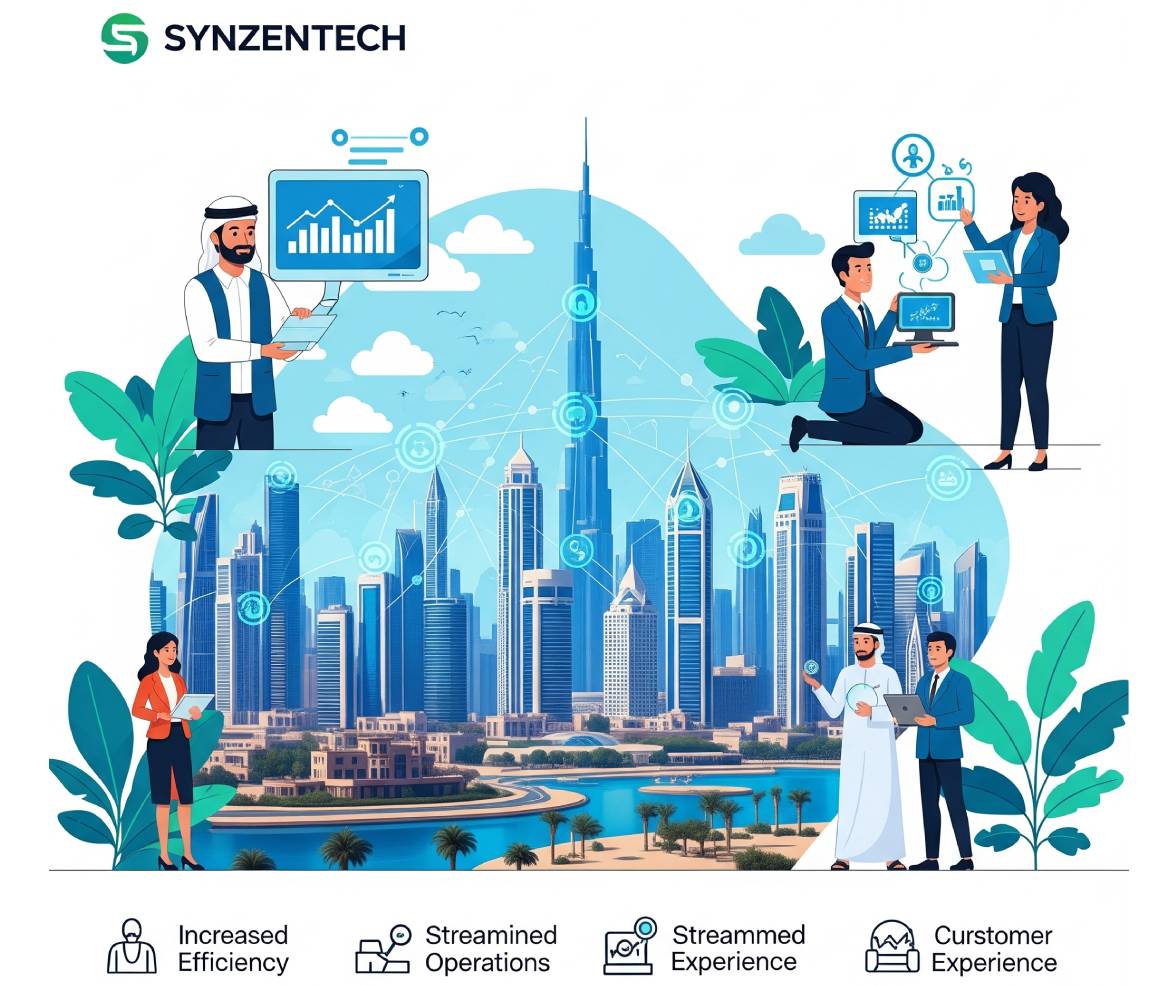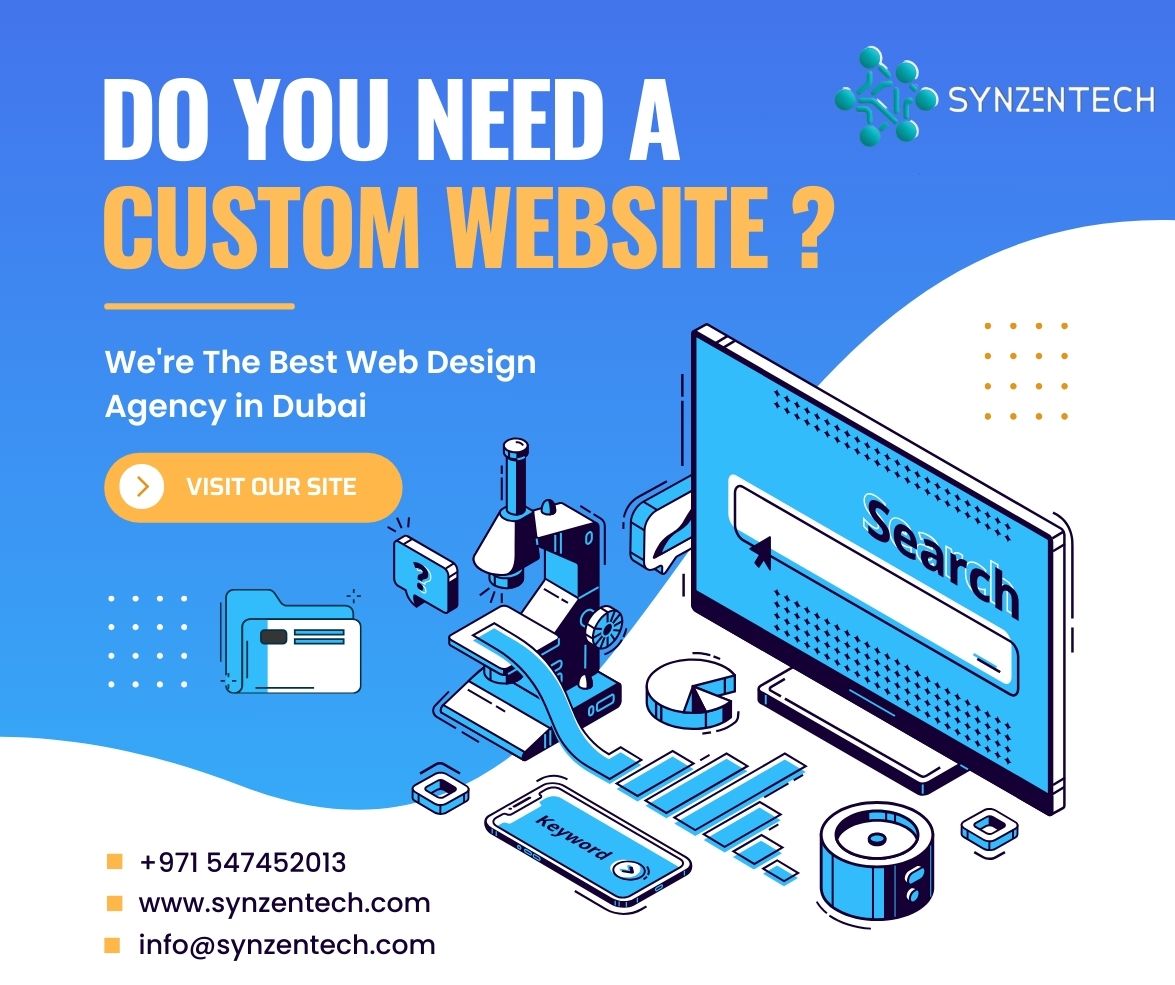
As we move deeper into a tech-driven era, UI/UX design is evolving beyond traditional interfaces. This blog explores the most influential trends of 2025, such as emotion-driven design, invisible interfaces, predictive UX, and more. It provides insight for designers, startups, and enterprises aiming to craft digital experiences that are not only beautiful—but deeply impactful.
Designing the Future: UI/UX Trends That Will Define Digital Experiences in 2025
The digital world is evolving fast—and so are the people interacting with it. In 2025, UI/UX design is no longer about making things look good; it’s about crafting systems that feel intuitive, respond intelligently, and anticipate what users need before they ask.
Whether you’re building the next-gen fintech app, healthcare platform, or an e-commerce brand, the way users experience your product will directly impact loyalty, trust, and growth.
Let’s explore the most powerful UI/UX design trends of 2025 that are set to redefine how we design for humans.
The most impactful designs in 2025 are often the least visible. From voice commands to gesture-based actions and predictive flows, interfaces are becoming less “seen” and more “felt.”
💡 Think of it as removing friction entirely—users interact with what they need, exactly when they need it.
Thanks to AI and biometric feedback, apps can now detect user mood and respond accordingly—changing themes, suggesting actions, or softening interactions. This emotion-aware design ensures users feel understood and supported.
🎯 Example: A mental wellness app reducing UI intensity if it detects stress via wearables.
Why wait for a user to tap a button when the app already knows what they need? In 2025, predictive UX—powered by machine learning—uses behavior data to anticipate the next step and shorten journeys.
⚙️ For example, travel apps auto-filling visa requirements based on location and intent.
True accessibility means designing for everyone—from neurodiverse users to those with visual, motor, or cognitive challenges. In 2025, designers go beyond WCAG compliance to embrace zero-assumption design, allowing users to shape their own experience.
✅ Designing with cultural diversity, color blindness, and adaptive learning in mind.
With AR, VR, and XR entering mainstream UX, flat screens are being replaced by dimensional interfaces. From retail to education, brands are building 3D environments where users can interact with digital elements in real-world spaces.
🧪 Example: A bank offering AR-based onboarding walkthroughs instead of printed brochures.
In a crowded digital world, simplicity is power. But this isn't the old flat design—it’s neo-minimalism: sharp typography, focused contrast, elevated white space, and bold visual storytelling that guides users without clutter.
🖤 Design that breathes. Interfaces that respect attention.
Users are more privacy-aware than ever, and in 2025, UI/UX reflects that. Apps now offer transparent permission flows, visible data tracking options, and ethical design choices built into user journeys.
🔒 Designing trust as a feature, not an afterthought.
The role of UI/UX in 2025 is strategic, not decorative. Great design:
Drives retention and conversions
Builds trust and loyalty
Turns passive users into active advocates
Whether you’re a startup founder, a UX architect, or a creative director—your product’s future depends on how deeply you understand your users and how wisely you design for them.
In 2025, user experience isn’t just about the screen—it’s about the person behind it.
Stay ahead. Adapt fast. Design responsibly. Because in the next era of digital, experience is everything.


